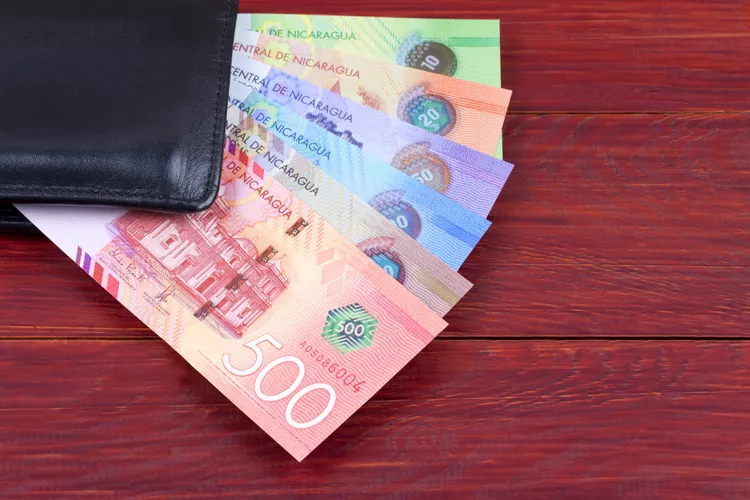Nicaragua is the largest country in Central America and has faced significant challenges over the past century, including political unrest and a devastating civil war. Moreover, a series of earthquakes have impacted various regions of the country. Despite these hardships, Nicaragua remains one of the least visited destinations by global travelers, making it a hidden gem for adventurers. The country features breathtaking landscapes, which are beginning to draw nature lovers who may even choose to settle down and invest in property.
With its massive lakes, rich colonial cities, lush forests, stunning beaches, and incredible biodiversity, Nicaragua is a must-visit location while traveling throughout Latin America. Furthermore, due to its relatively low visibility amongst tourists, prices remain appealingly low compared to popular destinations like Costa Rica.
If you’re planning a visit to Nicaragua, it’s crucial to familiarize yourself with its currency. Below, you will find essential information regarding Nicaraguan currency and average costs.
Money in Nicaragua
The Nicaragua Córdaba (NIO) is the unit of currency. One córdaba is further divided into 100 centavos. The bills are available in six denominations: C$10 (green), C$20 (orange), C$50 (purple), C$100 (blue), C$200 (brown), and C$500 (red). Additionally, coins are available in values of C$0.10, C$0.25, C$0.50, C$1, and C$5.
Exchange Rate
The exchange rate fluctuates, with the Nicaragua córdaba typically valued at around C$30 to one USD. One córdaba is usually worth approximately USD 3.5 cents. For the latest exchange rates, external financial resources may be consulted.
Historic Facts
- The Nicaragua córdaba is named after Francisco Hernández de Córdaba, the founder of Nicaragua.
- Initially, its value was on par with the US dollar.
- The córdaba was first introduced in 1912.
- Early coins contained gold.
- The currency was stabilized in 1991 after significant devaluation due to the civil war, and it has remained relatively stable since then.
Tips
In the most touristy locations, the US dollar is widely accepted. However, you can benefit from greater discounts at shops, restaurants, and hotels when using the córdaba. Consequently, haggling is often ineffective when paying in US dollars, as many small businesses prefer not to deal with the hassle of exchanging currency at the bank.
The Cost of Traveling in Nicaragua
At hotels – Hostels generally charge around $17 USD per night for a double room, while dorm rooms range from $5-12 USD. Local hospedajes (small family-run hotels) cost between $19 to $24 USD per night.
Buying Food – If you’re looking for inexpensive traditional meals, numerous street stalls offer full meals for less than $2 USD. Sit-down restaurants also provide affordable options, with meals ranging from $3-5 USD, some even including a natural beverage. Western cuisine, such as burgers, salads, or pizza, can usually be found for around $6.50-10 USD per dish.
Transportation – Should you choose to remain within the city, public buses are efficient and incredibly affordable at just $0.20 USD. Taxis typically cost between $0.75-1.75 USD per person for short trips. Buses traveling between cities may require around $2.75 USD, with express buses costing approximately 30% more than standard ones.





